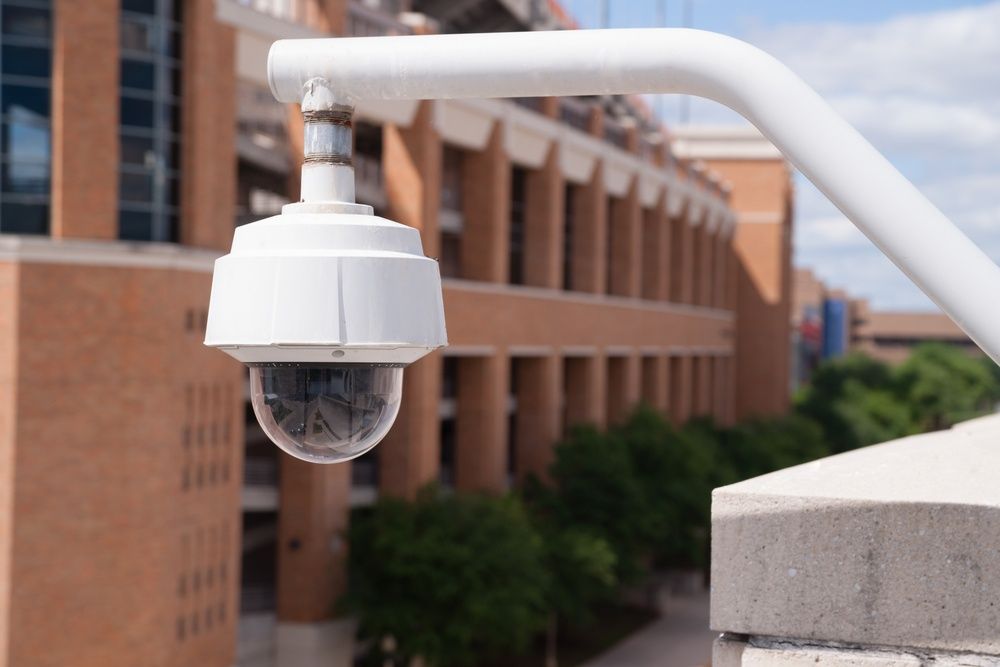What Recent Ransomware Attacks Can Teach Hospital IT Teams
Hospitals are naturally attractive prey to hackers of all sorts. First, they hold vast databases filled with lots of patient information. This data...
2 min read
 Craig Badrick
:
Apr 7, 2016 6:00:00 AM
Craig Badrick
:
Apr 7, 2016 6:00:00 AM

At the end of each year, cyber security experts identify the threats that they believe to be most significant over the course of the next year. This year, a number of security specialists named ransomware as the threat to watch out for in 2016. Here is what ransomware is, why it’s becoming a real threat, and how you can safeguard your business against it.
Ransomware is the act of infecting or intruding into a computer or network and holding the systems hostage for ransom. Sometimes, the intruders threaten to publish the data, which usually contains sensitive corporate or customer information (think Ashley Madison). Or, the hackers might simply take over your systems, preventing you from operating your business. Some common threats include deleting the files, corrupting the files, or distributing the files publicly.
Attacks in general are becoming more personal. In a random data breach, intruders are in and out and gone. During a ransomware attack, the attackers and the business usually communicate several times. These attacks are more personal. It’s usually much easier to take advantage of someone you don’t see and have never spoken to. Extorting someone practically face-to-face is a different breed of attacker, entirely.
Obviously, keeping ransomware out of your systems to begin with is much better than trying to deal with a situation once the attack is underway. The best steps for preventing a ransomware attack include:
While smart preventative measures can help protect your systems, no computer or network is totally immune. What should you do if your business becomes a victim of ransomware?
Not sure if your business network security is up to the job of protecting your business from a ransomware attack? Download our FREE eBook “10 Cybersecurity Mistakes Your Team is Making.”

Hospitals are naturally attractive prey to hackers of all sorts. First, they hold vast databases filled with lots of patient information. This data...

Cybercriminals have learned that schools are prime targets for ransomware attacks — don’t let your school be the next victim. Cyber threats are a...

Improperly secured IoT devices represent a significant threat to the integrity of IT infrastructures of campuses across the country. On December 30,...